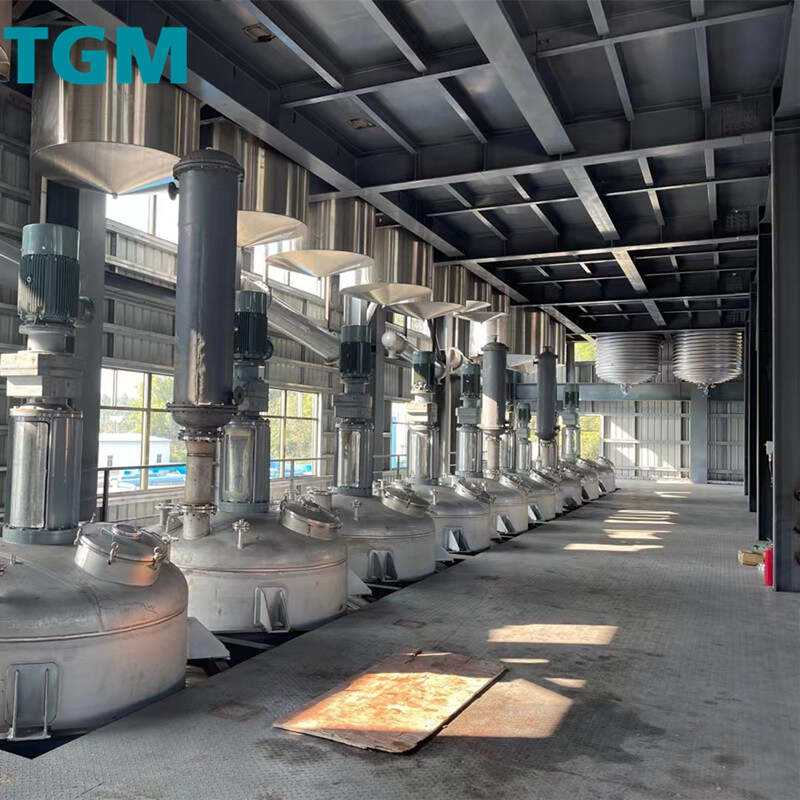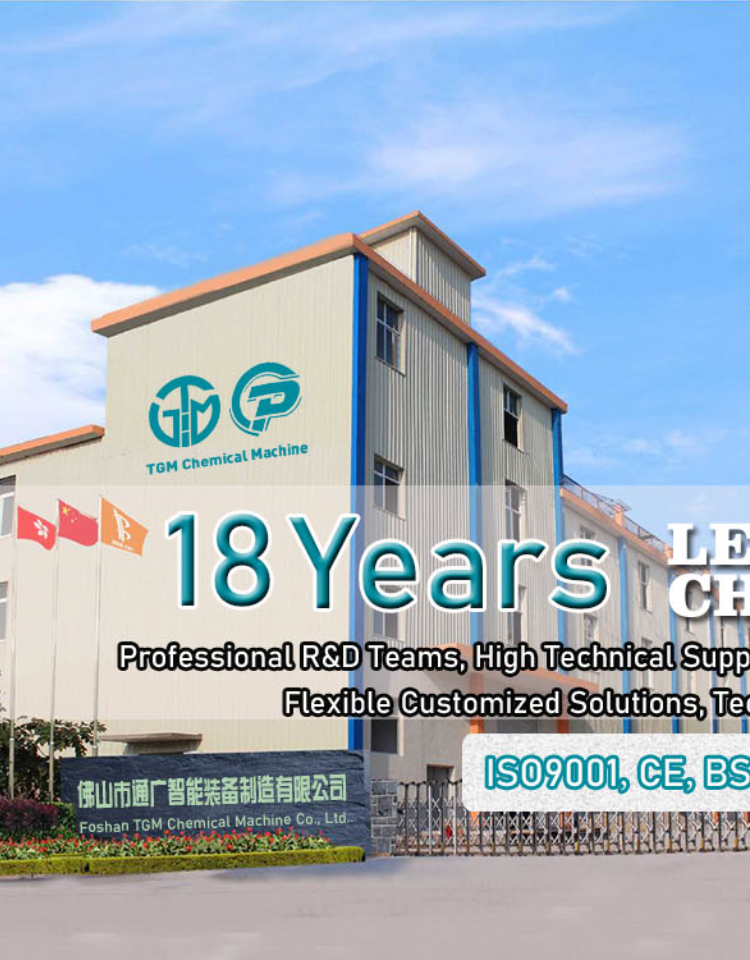Email cannot be empty
Password cannot be empty
Email format error
Email cannot be empty
Email already exists
6-20 characters(letters plus numbers only)
The password is inconsistent
Email format error
Email cannot be empty
Email does not exist
6-20 characters(letters plus numbers only)
The password is inconsistent


Comprehensive Guide to Acrylic Emulsion Production Line
Acrylic emulsions are essential in industries such as paints, adhesives, textiles, and construction coatings due to their superior durability, water resistance, and binding strength. The manufacturing process requires precision to ensure consistent quality and performance. In this blog, we’ll explore the acrylic emulsion production line, its key components, working principles, and technological advancements.
How Does an Acrylic Emulsion Production Line Work?
The production of acrylic emulsions involves polymerization of monomers (such as methyl methacrylate, butyl acrylate, and acrylic acid) in an aqueous medium. The process includes:
1. Pre-Mixing Stage
-
Raw Material Preparation – Monomers, water, surfactants (emulsifiers), and initiators (for polymerization) are precisely measured and mixed in a pre-mixing tank to form a stable pre-emulsion.
-
pH Adjustment – Some formulations require pH stabilizers to optimize reaction conditions.
2. Polymerization Reactor
-
The pre-emulsion is transferred to a stainless steel reactor equipped with a high-efficiency agitator and temperature control system.
-
Controlled Polymerization – The reaction occurs under nitrogen atmosphere to prevent oxidation, with gradual monomer addition to avoid excessive heat generation.
-
Temperature Regulation – A cooling jacket or external heat exchanger maintains optimal temperature (typically 70–90°C).
3. Post-Polymerization Processing
-
Neutralization & Stabilization – After polymerization, the emulsion is transferred to a neutralization tank, where bases like ammonia or sodium hydroxide adjust pH for long-term stability.
-
Filtration & Quality Control – The product passes through filters to remove any coagulum or impurities before lab testing for viscosity, solid content, and particle size.
-
Storage & Packaging – The final emulsion is stored in stainless steel or coated tanks before being packed into drums, IBCs, or bulk containers.
Key Features of a Modern Acrylic Emulsion Production Line
✔ Automated Process Control – PLC systems ensure precise ingredient dosing, temperature, and reaction time.
✔ Scalable Design – Modular setups allow customization for small-batch R&D or large-scale industrial production.
✔ Eco-Friendly Production – Water-based formulations reduce VOC emissions compared to solvent-based alternatives.
✔ Energy Efficiency – Advanced heat recovery systems minimize energy consumption.
Applications of Acrylic Emulsions
-
Paints & Coatings – Enhances weather resistance and adhesion.
-
Adhesives & Sealants – Provides strong bonding for construction and packaging.
-
Textile & Paper Coatings – Improves water repellency and durability.
Conclusion
An optimized acrylic emulsion production line ensures high-quality, consistent output for various industrial uses. With advancements in automation and sustainable chemistry, manufacturers can achieve greater efficiency and environmental compliance.

